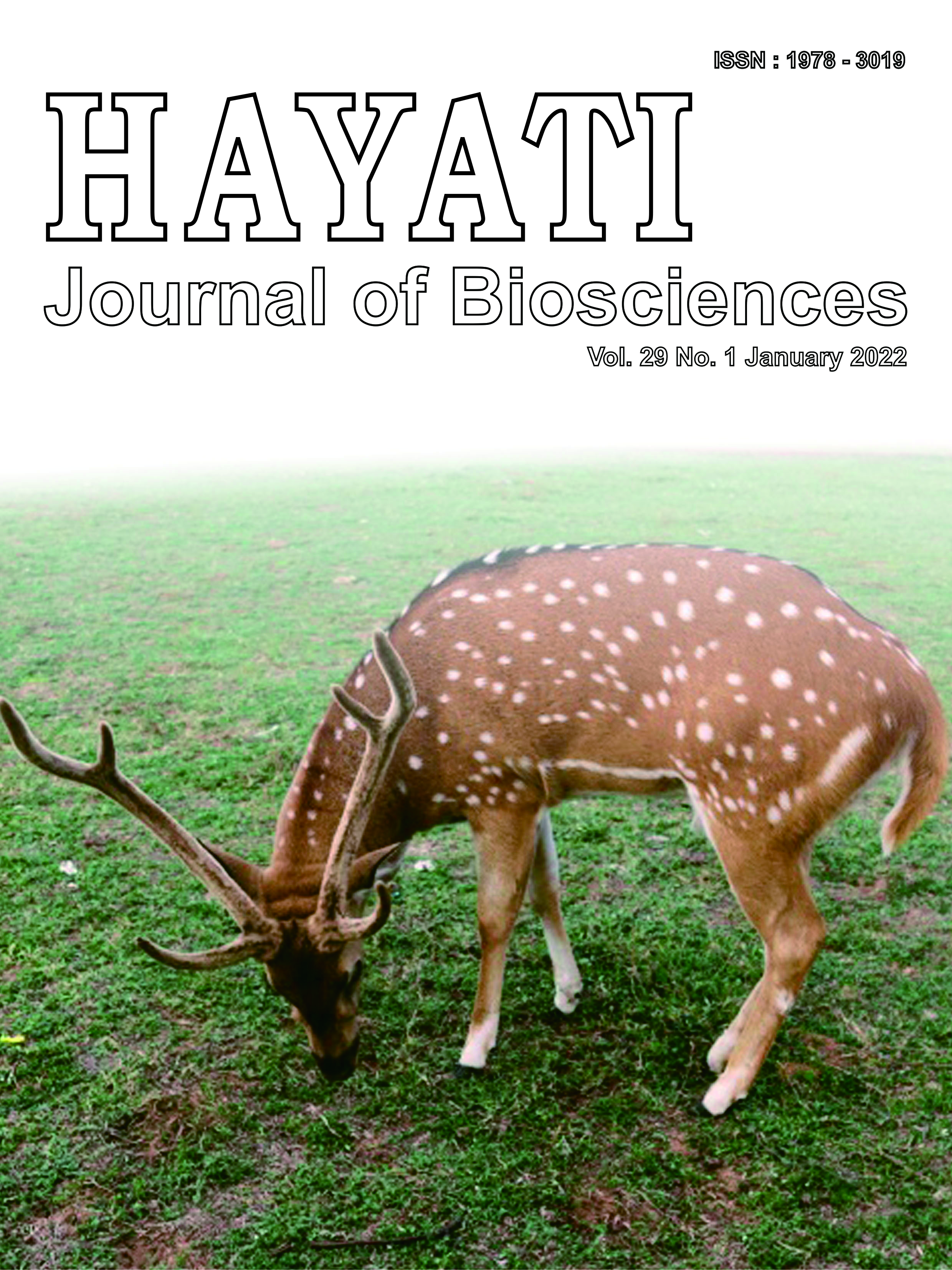Evaluation of Tuberculosis Vaccine Candidate, pcDNA3.1-rpfD using Mycobacterial Growth Inhibition Assay (MGIA)
Abstract
Resuscitation-promoting factor D (RpfD) is a protein involved in the resuscitation of dormant bacteria. A new tuberculosis vaccine carrying the rpfD gene has been successfully constructed, pcDNA3.1-rpfD. It was demonstrated that this vaccine exhibits cellular and humoral immune responses. Therefore, within this study, the efficacy of this new vaccine candidate was evaluated using mycobacterial growth inhibition assay (MGIA). MGIA is a functional assay that measures the complex host immune response, peripheral blood mononuclear cell (PBMC) and splenocyte from BALB/c mice against mycobacteria. With BACTECTM MGITTM 960 automated system, the effect of vaccination on bacterial growth was reported as a time to positivity (TTP) in hours. The mean of TTP from the vaccinated group (both pcDNA3.1-rpfD and BCG) was higher than the negative control group. These results suggest that pcDNA3.1-rpfD may be effective in controlling tuberculosis growth and may provide a clue for the development of the tuberculosis vaccine. In addition, despite previous evidence that IFNγ was essential for tuberculosis immunity, IFNγ (interferon gamma) production was found not to be correlated with mycobacterial inhibition. Therefore, these findings offer an alternative method to evaluate vaccine candidates than the assessment using IFNγ only.
Downloads
Copyright (c) 2022 Mifa Nurfadilah, Andriansjah Rukmana, Fithriyah Sjatha

This work is licensed under a Creative Commons Attribution-NonCommercial 4.0 International License.
HAYATI J Biosci is an open access journal and the article's license is CC-BY-NC. This license lets others distribute, remix, tweak, and build upon author's work, as long as they credit the original creation. Authors retain copyright and grant the journal/publisher non exclusive publishing rights with the work simultaneously licensed under a https://creativecommons.org/

























.png) IPB University
IPB University Department of Biology
Department of Biology The Indonesian Biological Society
The Indonesian Biological Society 

